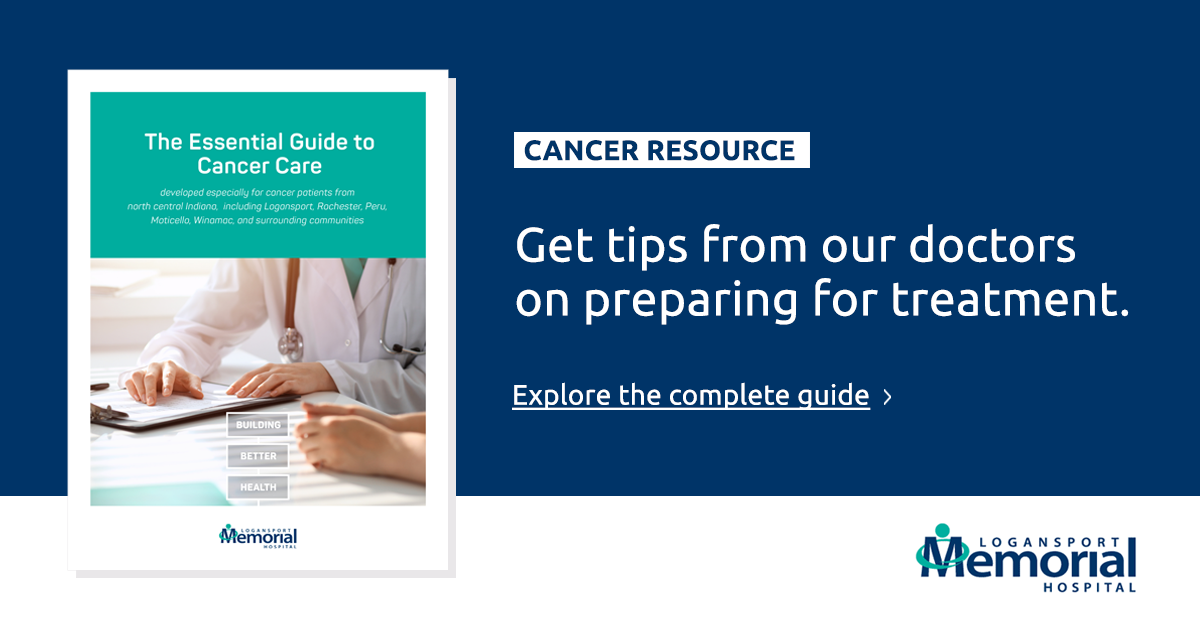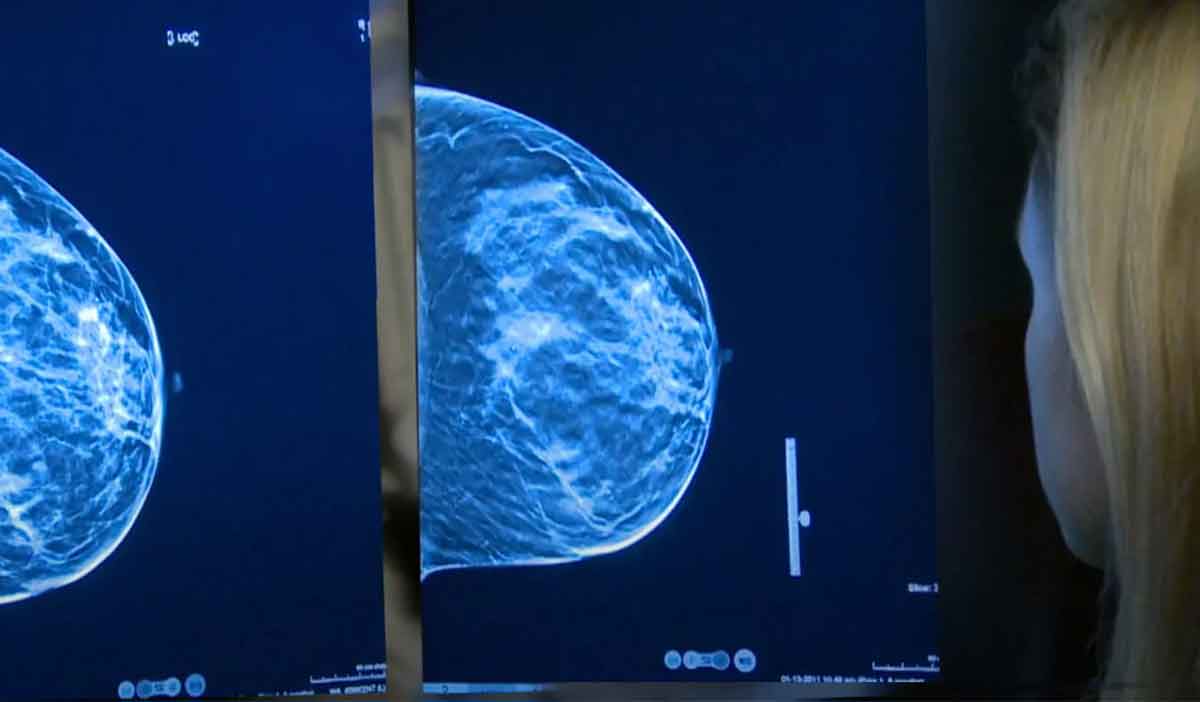Pre-cancer and cervical cancer warning signs are always easiest to treat when spotted early before they’ve had a chance to spread and grow.
According to the American Cancer Society, in 2021, around 15,000 women in the United States were diagnosed with invasive cervical cancer, and some of those cases are tied to human papillomavirus, also known as HPV.

Keep reading to learn about how to prevent cervical cancer, why you should get the HPV vaccine, and which regular screenings help spot pre-cancers.
What you need to know about cervical cancer
Most of the time, it’s women between the ages of 35 and 44 who are diagnosed with cervical cancer. Women 20-years-old and younger infrequently develop it.
In fact, the average age of diagnosis is 50, and more than 20% of cases are found in women over 65 because the risk of getting cervical cancer grows as you age.
Symptoms of cervical cancer
Patients with cervical cancer don’t always have symptoms, but those few people who have signs reported having experienced:
- Pain in your pelvis or lower back
- Abnormal or heavy menstruation
- Pain during sexual intercourse
- Abnormal, foul-smelling vaginal discharge
- Problems peeing
- Abnormal vaginal bleeding or spotting
- Unexplained loss of appetite and weight loss
- Pain in your leg or swelling
- Nausea
- Fatigue
Can you prevent cervical cancer?
There are two proven things you can do to increase your chances of preventing cervical cancer:
- Get the HPV vaccine
- See your doctor for routine screenings
While research continues into other prevention and treatment options (e.g., sentinel lymph node biopsies, targeted therapies, and immunotherapies), the HPV vaccine and regular tests are your best bet.
What is the HPV vaccine?
The HPV vaccine is used to prevent HPV infection. It will not treat an existing infection in your body.
The primary way HPV is passed from person to person happens during sexual activity, including oral, vaginal, and anal sex. It can spread even if a person with HPV has no symptoms of an infection. Though it happens less frequently, it can also spread via nonsexual genital contact.
What are different types of cervical cancer screenings?
There are two common types of tests that your provider will do to look for cervical cancer:
- Pap test
- HPV test
A Pap test, or Pap smear, is a screening procedure during a pelvic exam that doctors use to catch changes in the cervix and cervical cancer early when it’s easier to cure. Cervix cells are collected for examination in a lab.
Since its debut, the Pap test has been a game-changer in cancer care, lowering the number of American women who had died from cervical cancer dropped from its previous high when it was one of the most common cancer causes of death for women.
An HPV test identifies if your body has an infection that is likely to cause cervix cancer (or pre-cancer). Some HPV tests require a co-test.
Together, your provider uses the results of your HPV tests and Pap tests year after year to monitor changes, pinpoint your risk of getting cervical cancer, and diagnose any pre-cancers. The American Cancer Society recommends that people age 25 to 65 get an HPV test every five years.
Choose Logansport Memorial Hospital for all your women’s healthcare needs
Here at the Logansport Memorial Cancer Care Center, our experienced obstetrics and gynecology care team provide close-to-home services and treatments for the most common—and the most complex—women’s health conditions.
If you want help preventing cervical cancer, we can help.
Make an appointment to schedule a screening, learn more about the HPV vaccine, and get your questions answered.
Request an Appointment with an OB/GYN

You might also like:
- Coping with Cancer: Healing and Mental Health
- How a Cancer Diagnosis Will Impact Your Life
- The Benefits of Close-to-Home Cancer Care




